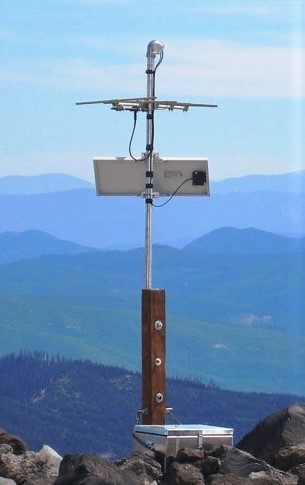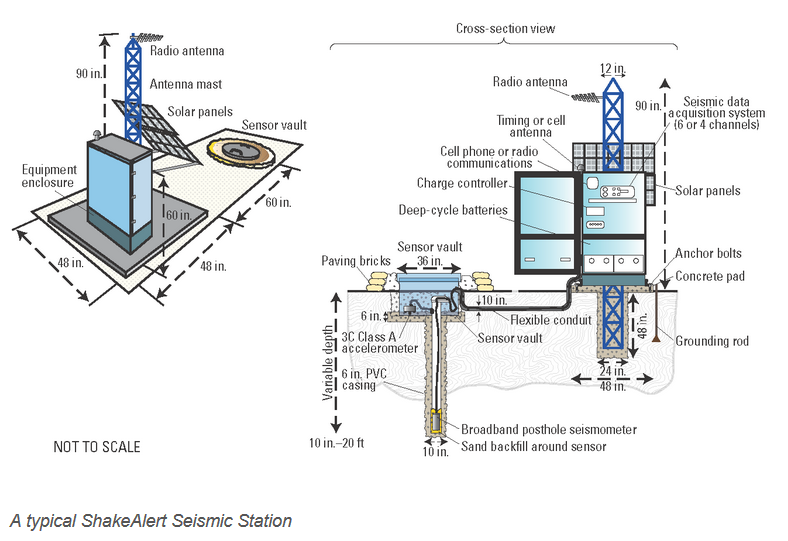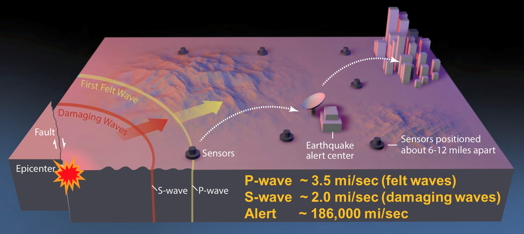The U.S. Geological Survey has awarded more than $12.5 million to seven universities and a university-governed non-profit to support operation, improvement and expansion of the ShakeAlert earthquake early warning system for the West Coast of the United States. ShakeAlert is a product of the USGS Advanced National Seismic System, a federation of national and regional earthquake monitoring networks throughout the country, including networks in southern California, northern California and the Pacific Northwest.
The awards are for the first year of a new set of two-year cooperative agreements with the California Institute of Technology; Central Washington University; the University of California, Berkeley; the University of Oregon; the University of Washington; the University of Nevada, Reno; UNAVCO, Inc.; and the Swiss Federal Institute of Technology in Zurich (ETH Zurich).

Additionally, the USGS has purchased about $1.5 million in new sensor equipment to expand and improve the ShakeAlert system allowing the installation of 104 new seismic stations in Washington state and 44 in Oregon, during a two-year period. It will also support improved, more-sophisticated detection of earthquakes as they begin, and new efforts to engage potential users of the warnings. These efforts, as well as other operation, improvement and expansion work that the USGS is conducting, are the result of $21.1 million in funding to the USGS Earthquake Hazards Program for ShakeAlert approved by Congress earlier this year.
These new agreements include work to incorporate real-time GPS observations into ShakeAlert. The USGS and its university and nonprofit partners will also further the development of scientific algorithms to rapidly detect potentially damaging earthquakes, more thoroughly test the warning system, and improve system performance. In addition, sensor networks will be upgraded and new seismic stations will be installed to improve the speed and reliability of the warnings.

An earthquake early warning system can give people a precious few seconds to stop what they are doing and take protective actions before severe shaking waves from an earthquake arrive. ShakeAlert is a product of the USGS Advanced National Seismic System (ANSS), a federation of national and regional earthquake monitoring networks throughout the country, including networks in southern California, northern California and the Pacific Northwest.

The ShakeAlert earthquake early warning system has been in development for 13 years. In 2006, the USGS began funding multi-institutional, collaborative research to test warning algorithms on real-time seismic networks within the Advanced National Seismic System. In California, this is a joint effort; state legislation was passed in 2013 directing the California Office of Emergency Services (CalOES) to develop an early warning system in collaboration with the USGS and its partners. Since 2016, the state of California has committed $42 million to CalOES to enhance the statewide build-out of the California Earthquake Early Warning System. This year, the state of Washington allocated $1.24 million over two years for the system. The state of Oregon has contributed about $1 million in funding to enhance the system there.
In 2018, the USGS estimated that it would cost $39.4 million in capital investment to complete the ShakeAlert system on the West Coast to the point of issuing public alerts, and $28.6 million each year to operate and maintain it. This is in addition to current support for seismic and geodetic networks.


















